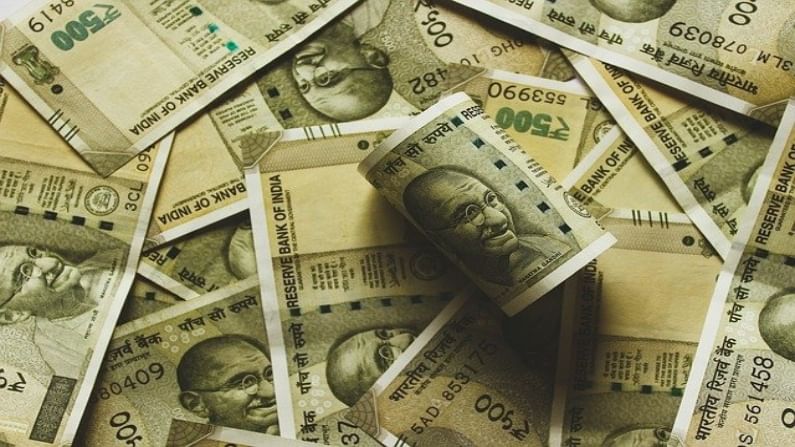India accounts for 1% of the global millionaires; number may rise to 1.3 million by 2025, says report
According to the Global Wealth report 2021, the number of millionaires in India fell from approximately 7,64,000 to 6,98,000 by the end of 2020

The Credit Suisse Research Institute in its Global Wealth report 2021 has said India accounted for 1% of the world’s millionaires. The number of millionaires in India declined from approximately 7,64,000 to 6,98,000 on the back of currency depreciation. However, the report also predicts that the number of millionaires in India is expected to increase by 81.8% to reach 1.3 million in the year 2025.
“The global number of millionaires expanded by 5.2 million to reach 56.1 million. As a result, an adult now needs more than $1 million to belong to the global top 1%. A year ago, the requirement for a top 1% membership was $988,103. So, 2020 marks the year when for the first time, more than 1% of all global adults are in nominal terms dollar millionaires,” the report noted.
The ultra-high net worth (UHNW) category increased even faster, with a gain of 24%, the fastest since 2003. People with wealth between $10,000 and $100,000 have experienced the greatest increase in numbers since 2000, more than trebling in size from 507 million in 2000 to 1.7 billion by mid-2020.
Reasons
In 2020, both India and Latin America suffered losses. In percentage terms, India’s total wealth decreased by $594 billion, or 4.4%. Credit Suisse believes that exchange rate depreciation exacerbated the loss: with fixed exchange rates, the loss would have been 2.1%. Latin America performed the worst, with total wealth falling 11.4% or $1.2 trillion.
When it comes to particular nations, it’s important to start with the elements that typically account for the majority of changes in family wealth measured in US dollars i.e., asset prices and exchange rates. Exchange rate changes are frequently the source of the largest gains and losses, and the devaluation of the US dollar has already had a substantial influence on the 2020 outcome.
“Among the countries covered (G7 countries plus China, India, and Russia), the Eurozone countries gained the most (9.2%). But China and Japan also appreciated by more than 5%. The only substantial depreciation occurred in Russia (down 16.2%),” the report noted.